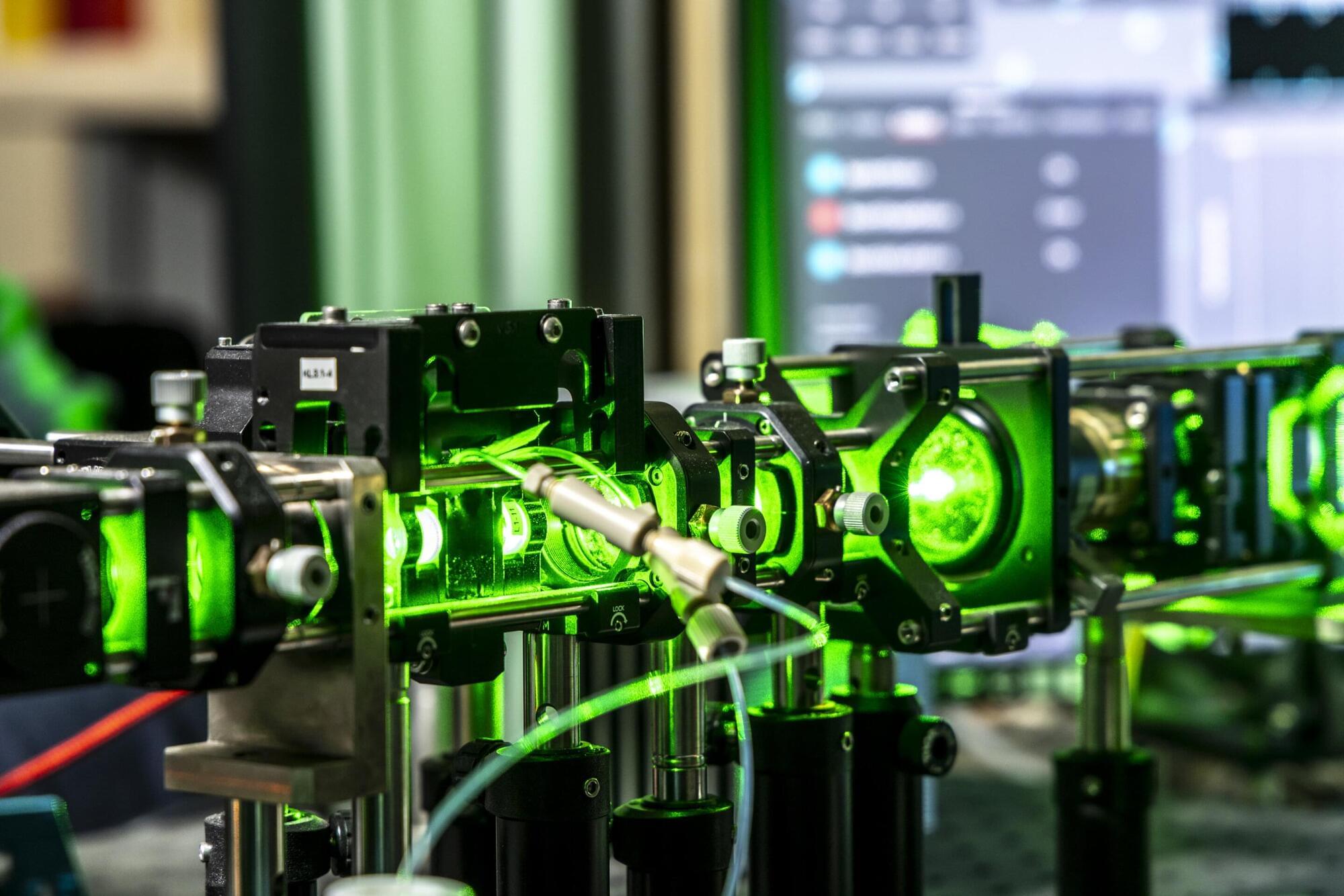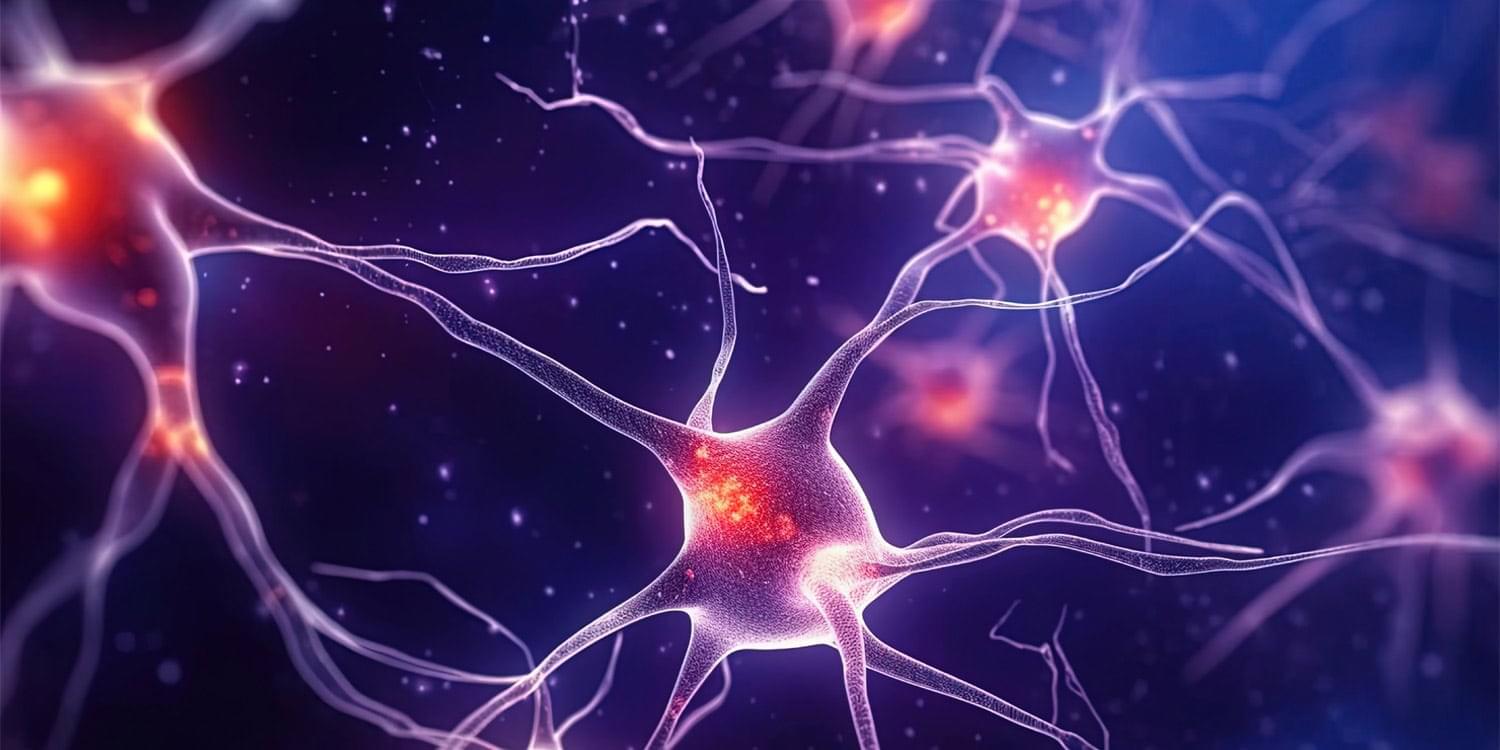At Google DeepMind, researchers are chasing what’s called artificial general intelligence: a silicon intellect as versatile as a human’s, but with superhuman speed and knowledge.
Get the latest international news and world events from around the world.

Detecting nanoplastics in body fluids: New method combines optofluidic force and Raman spectroscopy
Microplastics and much smaller nanoplastics enter the human body in various ways, for example through food or the air we breathe. A large proportion is excreted, but a certain amount remains in organs, blood, and other body fluids.
In the FFG bridge project Nano-VISION, which was launched two years ago together with the start-up BRAVE Analytics, a team led by Harald Fitzek from the Institute of Electron Microscopy and Nanoanalysis at Graz University of Technology (TU Graz) and an ophthalmologist from Graz addressed the question of whether nanoplastics also play a role in ophthalmology.
The project partners have now been able to develop a method for detecting and quantifying nanoplastics in transparent body fluids and determining their chemical composition. The research is published in the journal Analytical Chemistry.



AI Singularity Shock: Tech Titans Predict Unstoppable Intelligence Explosion Within 12 Months, Sparking Global Fear and Frenzy
IN A NUTSHELL 🤖 The concept of singularity involves AI reaching a level of intelligence that surpasses that of humans. 🚀 Recent advancements in large language models and computing power have sparked debates about the possibility of achieving singularity soon. 🧠 Experts face technical and philosophical challenges, questioning whether AI can truly replicate human intelligence.

Chinese scientists create a 9-cm untethered terrestrial-aerial microrobot capable of transforming into various desired shapes
A Chinese research team has developed the world’s smallest and lightest known untethered terrestrial-aerial microrobot capable of transforming into various desired shapes, expected to replace humans in performing a wide range of tasks in complex and hazardous environments.
The robot measuring 9 centimeters in length and 25 grams in weight can operate flexibly on land and in the air with a top speed of up to 1.6 meters per second on the ground, according to the research team from Tsinghua University.
The research team has recently developed a thin-film-shaped small-scale actuator that enables microrobots to continuously transform their shape and “lock” into specific configurations — much like a Transformer — enhancing their ability to adapt to different environments.



Your brain doesn’t learn the way we thought, according to new neuroscience breakthrough
These electrical pulses are communicated with other neurons through connections between them called synapses. Individual neurons have branching extensions known as dendrites that can receive thousands of electrical inputs from other cells. Dendrites transmit these inputs to the main body of the neuron, where it then integrates all these signals to generate its own electrical pulses.
It is the collective activity of these electrical pulses across specific groups of neurons that form the representations of different information and experiences within the brain.
For decades, neuroscientists have thought that the brain learns by changing how neurons are connected to one another. As new information and experiences alter how neurons communicate with each other and change their collective activity patterns, some synaptic connections are made stronger while others are made weaker. This process of synaptic plasticity is what produces representations of new information and experiences within your brain.

A 124-year-old dream is about to come true : powering entire homes wirelessly through electromagnetism
For more than a century, electricity has flowed through wires, powering everything from the smallest gadgets to entire cities. However, what seemed like a distant dream—wireless energy transmission—may soon become a reality. This breakthrough technology, known as “power beaming”, promises to eliminate the need for physical infrastructure, delivering power directly from one point to another using electromagnetic waves.